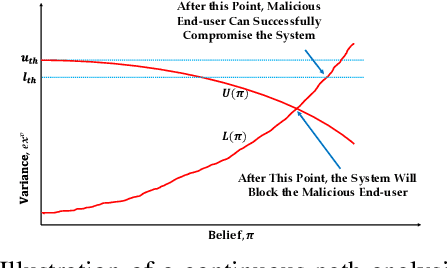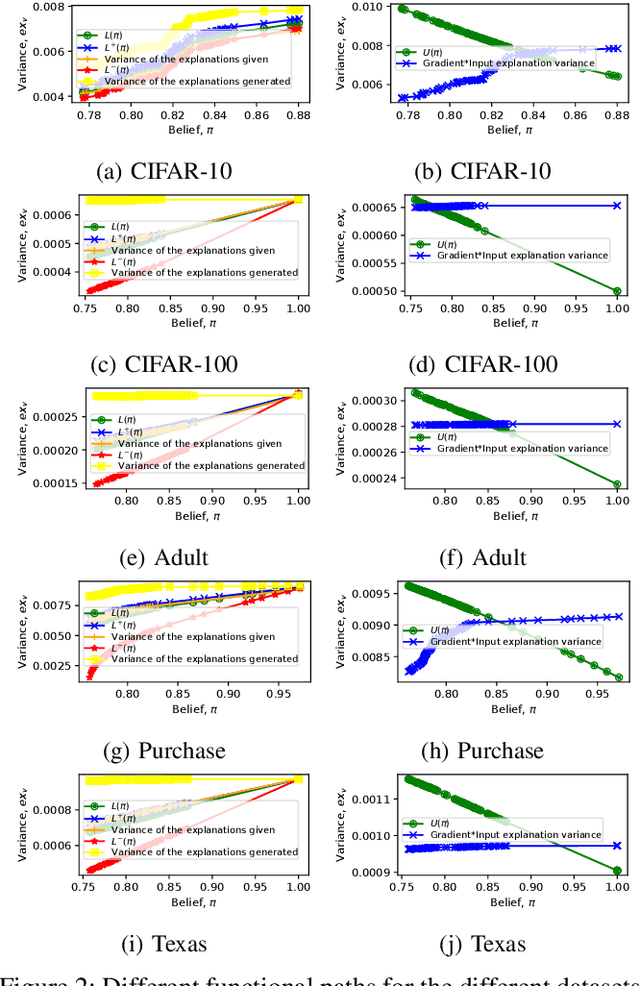Towards a Game-theoretic Understanding of Explanation-based Membership Inference Attacks
Paper and Code
Apr 10, 2024



Model explanations improve the transparency of black-box machine learning (ML) models and their decisions; however, they can also be exploited to carry out privacy threats such as membership inference attacks (MIA). Existing works have only analyzed MIA in a single "what if" interaction scenario between an adversary and the target ML model; thus, it does not discern the factors impacting the capabilities of an adversary in launching MIA in repeated interaction settings. Additionally, these works rely on assumptions about the adversary's knowledge of the target model's structure and, thus, do not guarantee the optimality of the predefined threshold required to distinguish the members from non-members. In this paper, we delve into the domain of explanation-based threshold attacks, where the adversary endeavors to carry out MIA attacks by leveraging the variance of explanations through iterative interactions with the system comprising of the target ML model and its corresponding explanation method. We model such interactions by employing a continuous-time stochastic signaling game framework. In our framework, an adversary plays a stopping game, interacting with the system (having imperfect information about the type of an adversary, i.e., honest or malicious) to obtain explanation variance information and computing an optimal threshold to determine the membership of a datapoint accurately. First, we propose a sound mathematical formulation to prove that such an optimal threshold exists, which can be used to launch MIA. Then, we characterize the conditions under which a unique Markov perfect equilibrium (or steady state) exists in this dynamic system. By means of a comprehensive set of simulations of the proposed game model, we assess different factors that can impact the capability of an adversary to launch MIA in such repeated interaction settings.
 Add to Chrome
Add to Chrome Add to Firefox
Add to Firefox Add to Edge
Add to Edge